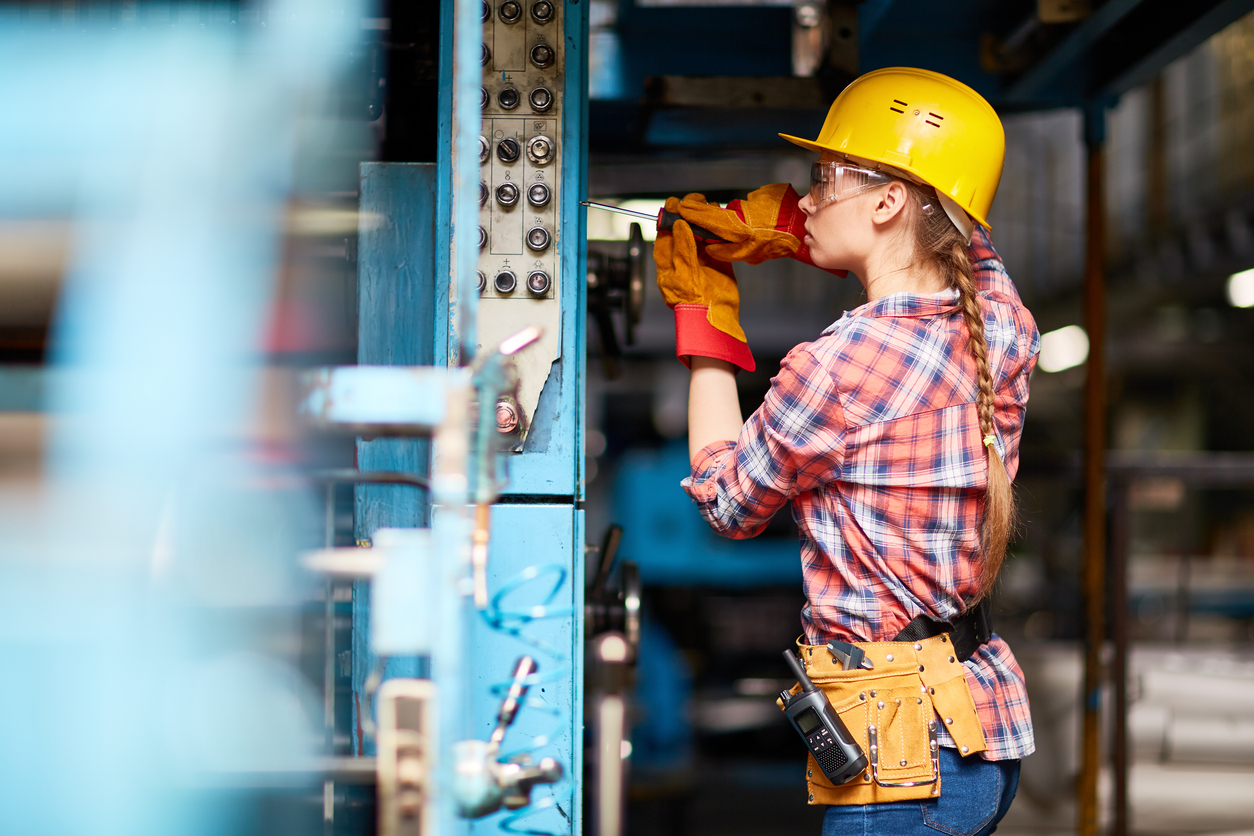With increasingly frequent and devastating extreme weather events and the backpedaling of the Trump Administration on climate policies, all eyes and ears are on the states to lead the way. Here in California, state agencies are focused on policies to cut climate pollution by 40% by 2030 and get on track for deeper reductions by 2050. (It's worth noting that as the world warms faster than anticipated, these SB 32 targets may be insufficient to avoid the worst impacts of climate change, making near term action all the more critical).
What’s clear is that California needs to slash GHGs from all sectors: industry, transportation, electricity, agriculture, and buildings. Although most people don’t think of our homes as a source of climate pollution, the gas burned in residential and commercial buildings for space and water heating is responsible for about as much carbon pollution as all of the state’s power plants combined. And, this does not even include the methane, a powerful greenhouse gas, that seeps out of the pipes crisscrossing the state and into our homes. As we continue to make progress replacing fossil power plants with clean energy, the emissions from our homes and commercial buildings are poised to overtake power plant pollution and become one of the top barriers to California achieving its clean energy goals.
As I described in another column, super-efficient, high-performing, and clean electric appliances are widely available to replace our polluting gas furnaces and water heaters. This act of replacing gas appliances with more efficient electric appliances is commonly referred to as “fuel substitution” or “beneficial electrification,” and is increasingly recognized by international energy and climate experts as the missing pillar to effective climate policy.
The Lawrence Berkeley National Laboratory and UC Berkeley recently came out with a report which found that the cheapest way to achieve our 2050 emissions goal is to start electrifying appliances in the next three years. The takeaway is clear: California needs to get serious about cutting gas use and “electrifying” buildings; any delay will be both risky to the climate and costly to our families and communities.
Right now the California Energy Commission (CEC) is updating the state’s building energy code, which will set the new energy efficiency standard for homes and buildings built or retrofitted between 2020 to 2022. Based on historical trends, approximately 250,000 new homes will be built in that time span.
For the first time in the building energy code’s history, homes will be required to offset their annual electricity use with on-site (or, potentially community) solar generation. This is big step closer to zero net energy and low carbon buildings. However, this improvement does nothing to zero-out residential gas consumption which is responsible for nearly 50% of California’s residential GHG emissions.
For the past year, the Sierra Club has been working with environmental groups like NRDC, utilities, builders, cities, and local government associations to compel the CEC to accelerate this needed transition toward zero-emission all-electric buildings. Specifically, we are asking the CEC to end the decade-long policy bias that favors gas water heating in buildings by establishing fully independent code compliance pathways for electric water heating. The CEC should also require that new buildings are “clean energy or electric ready.” According to the Sacramento Municipal Utility District, this could save homeowners between $10,000-$30,000 in future retrofit costs and make electrification much easier and more straightforward for homeowners.
We're surrounded by climate alarm bells that grow louder and louder, whether it be wildfires or "Hotumn" heatwaves that threaten our health and economy. With the Trump Administration trying to take us backwards, the margin for error grows slimmer. The CEC has a chance to move on the next big climate solution - electric buildings. We're counting on courageous leadership from the CEC in the forthcoming building energy code. We have only one opportunity to replace gas appliances with super-efficient electric equipment between now and 2030. Let’s not miss this opportunity.
